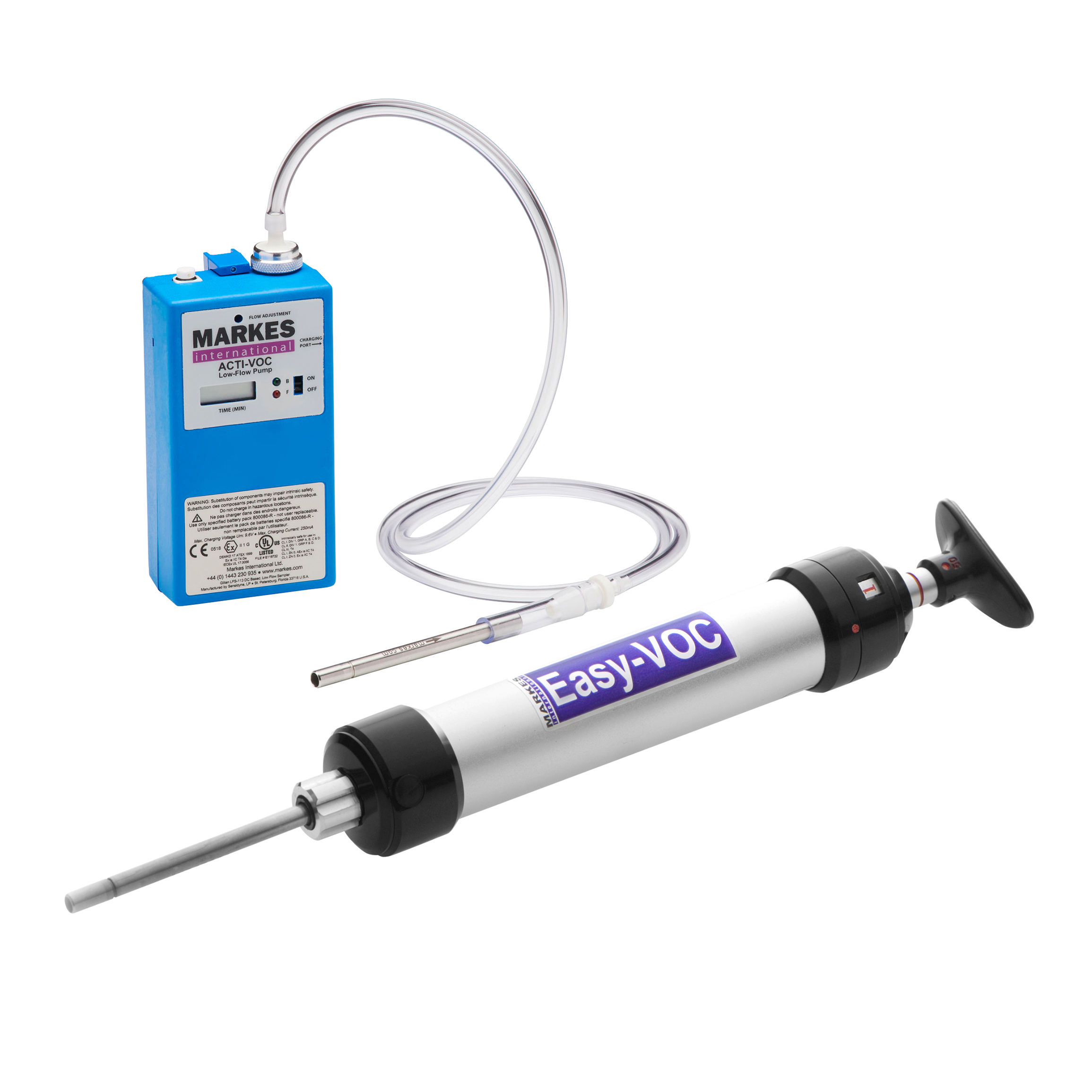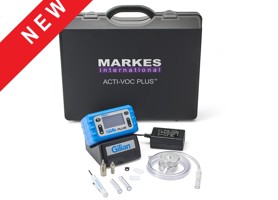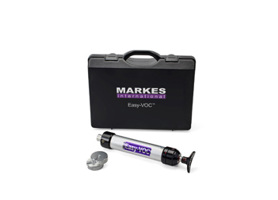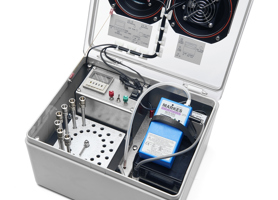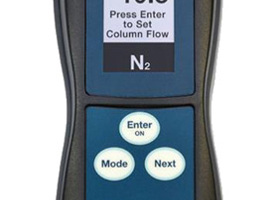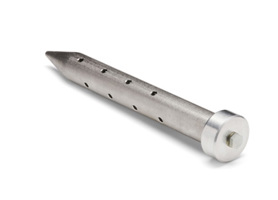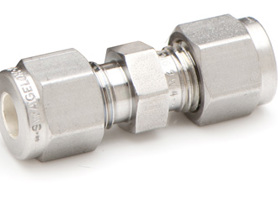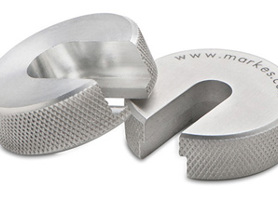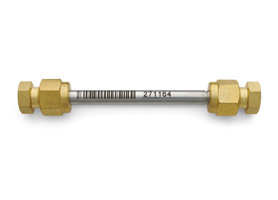Sampling Technologies
Active sampling pumps
Pumps for active sampling include ‘grab-samplers’ and battery-powered pumps. By allowing precise volumes from between 20 mL to several hundred litres to be sampled onto tubes, it ensures compatibility with a wide concentration range (sub-ppt to high ppm). Active sampling is compatible with use of multi-bed sorbent tubes for sampling analytes over a wide volatility range and can be used for collecting VVOCs (e.g. propene and chloromethane) through to SVOCs (e.g. dodecyl phthalate and six-ring PAHs)

